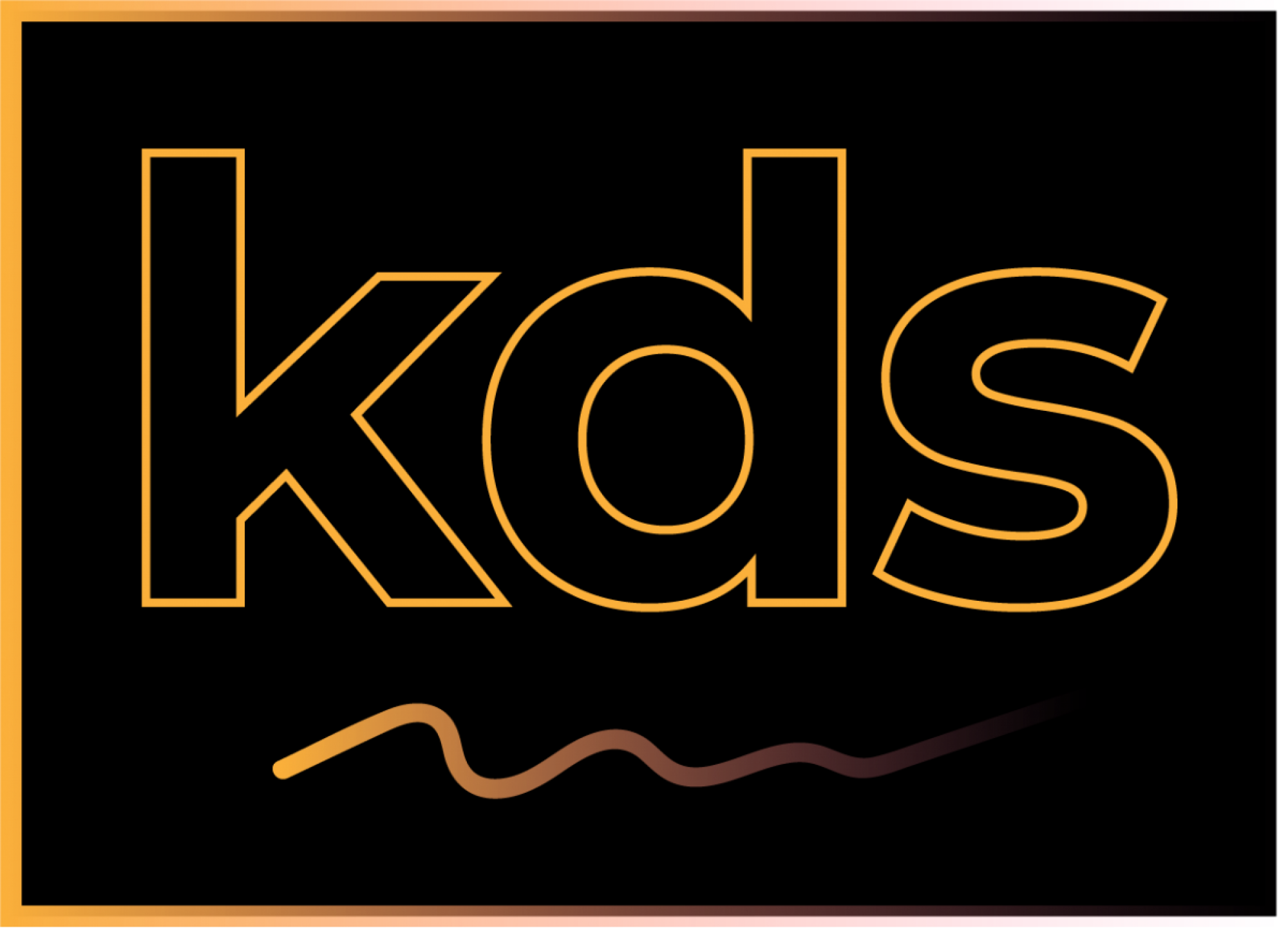Attending Practicing Type in the Age of Screens at the Type Director’s Club was my first off-site networking event for the semester and I absolutely enjoyed it. Being amongst so many professionals, students and recent graduates in the field was really nice. Also, getting a chance to visit the The Type Director’s Club was a great experience and the event was very informative. The panel for the event included Jason Pamental, Javier Viramontes, Nancy Campbell and Ksenya Samarskaya. City Tech’s very own Professor Dan Wong (and Liz DeLuna) moderated the discussion. The reason for the conference as stated by the moderators was for the audience to learn what’s new in the field and to help advance teaching lessons.
The first question asked was: has design education caught up based on what’s going on in the type field now? Jason P responded by saying that there was no universal format of what are good fonts or what are bad, so you just teach based on the situations at hand. Nancy said that all you can do is help students develop an eye for for fonts — training their eyes to see what is quality. Her response led to the next question asked: what is good typography? The panelists all agreed that the best answer to that question was that it varies because what looks good printed, doesn’t necessarily mean that it looks good on the screen and vice versa.
Several other questions were posed but something came up that caught my attention and it was about type in 3-dimensional form. Turns out that Ksenya works with type in AR/VR. Although she does not have any formal educational design background (studied physical computing), she has familiarized herself and dived headfirst into the world of type especially in virtual dimensions, and in graphic design. The panel asked her, how do you define legibility in a 3-D world? She said there were no rules for point size when dealing with virtual dimensions; one just has to figure it out by trial and error and iteration. Sometimes it may take a while but once figured out, the results are so cool.
Another important question asked was: how do you select type? Nancy, who has an editorial and graphic design background said that for her magazines, they usually use a set font for the body copy and general headlines. However, for any feature issues of the magazines, they will use different fonts and tweak it to their needs. For example, if there was a particular type face they really liked, they would outline it, and then stretch or modify it to their liking.
Another important question directed to the panel was: how do you keep up with type-use? They responded with various answers such as having type magazine subscriptions (stack magazine was mentioned because it shows what the indie world is doing with type); just owning type magazines/books; reading blogs about typography; and frequently visiting type websites such as ilovetypography.com.
They concluded that even as established graphic designers or type designers etc., we must never stop learning and never stop educating ourselves. Because of the fast paced world that we live in, things are constantly changing and in order for us to produce quality, and effective work, we have to be knowledgeable and up to date with the times. So their words of encouragement to the audience was don’t stop learning and teaching yourself. Research everyday and see what’s out there.






